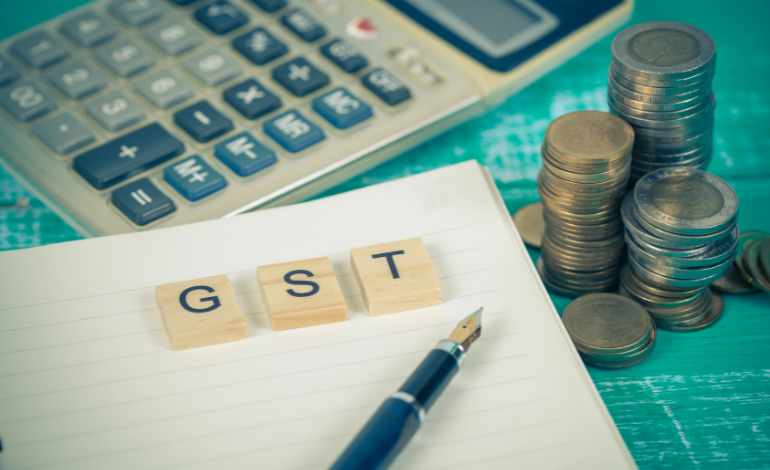
How to File Nil GST Return?
GST is a comprehensive indirect tax levied on the supply of goods and services in India. As a registered taxpayer, it is crucial to fulfill your compliance obligations by filing GST returns regularly. This article will guide you through the process of filing a Nil GST return, explaining its concept, eligibility criteria, and step-by-step instructions.
What is Nil GST Return?
A Nil GST return is filed when there have been no outward supplies or inward purchases during a specific tax period, resulting in no tax liability. It is essential to file Nil GST returns even if there is no business activity to ensure compliance with the GST laws. Filing Nil GST returns accurately and on time demonstrates your commitment to transparency and helps maintain a good compliance record.
Eligibility for Filing Nil GST Return
To be eligible to file a Nil GST return, the following conditions must be met:
- Your business should be registered under the GST regime.
- No outward supplies or sales of goods/services have been made during the tax period.
- No inward supplies or purchases of goods/services have been made during the tax period.
- There should be no tax liability or input tax credit to claim.
Steps to File Nil GST Return
Filing a Nil GST return is a straightforward process. Here are the step-by-step instructions to help you:
Step 1: Log in to the GST Portal
Access the official GST portal (www.gst.gov.in) and log in using your credentials, including your username and password.
Step 2: Select the Appropriate Form
Once logged in, navigate to the “Returns Dashboard” section. Select the relevant financial year and the applicable tax period. In this case, since you are filing a Nil GST return, choose the appropriate form, such as GSTR-3B (monthly return) or GSTR-1 (quarterly return).
Step 3: Fill in the Details
Enter the necessary details in the return form. Since it is a Nil GST return, most of the fields will be empty or zero-rated. Ensure accuracy while providing information such as GSTIN, legal name, and other mandatory fields.
Step 4: Verify and Submit the Return
Once you have filled in all the required details, review the return form thoroughly. Make sure all the information is accurate and free from errors. After verification, submit the return on the GST portal. You may also need to e-sign the return using a digital signature certificate (DSC) or an electronic verification code (EVC) generated through an Aadhaar-linked mobile number.
Common Mistakes to Avoid
When filing a Nil GST return, it is essential to avoid certain common mistakes that can lead to compliance issues. Here are a few mistakes to watch out for:
- Incorrect filing period selection: Ensure you select the correct tax period for filing the Nil GST return.
- Inaccurate details: Double-check all the information filled in the return form to avoid any errors or discrepancies.
- Late filing: File the Nil GST return within the due date to avoid penalties and late fees.
Advantages of Filing Nil GST Return
Filing Nil GST returns regularly offers several advantages:
- Compliance with GST laws: Filing Nil GST returns ensures you meet your compliance obligations and maintain a clean tax record.
- Transparency: Even if there is no business activity, filing Nil GST returns demonstrates transparency and honesty to the tax authorities.
- Good compliance rating: Regular filing of Nil GST returns contributes to a good compliance rating, which can have positive implications for your business reputation.
Conclusion
Filing a Nil GST return is a necessary process to ensure compliance with the GST laws, even if there is no business activity during a specific tax period. By following the step-by-step instructions provided in this article, you can easily file your Nil GST return and maintain a good compliance record. Remember to double-check all the details and file within the due date to avoid penalties or late fees.
FAQs
- Can I file a Nil GST return if I have made purchases but no sales?
Yes, if there have been no outward supplies but you have made inward purchases, you can still file a Nil GST return as long as there is no tax liability or input tax credit to claim.
- Is it necessary to file Nil GST returns if my business is temporarily closed?
Yes, even if your business is temporarily closed and there is no activity, you are still required to file Nil GST returns to maintain compliance with the GST laws.
- What happens if I fail to file a Nil GST return on time?
Failure to file a Nil GST return within the due date can result in penalties and late fees. It is important to adhere to the prescribed timelines to avoid any financial consequences.
- Can I revise a Nil GST return once it has been filed?
No, once a Nil GST return has been filed, it cannot be revised. Therefore, it is crucial to review the return thoroughly before submission.
- How often should I file a Nil GST return?
Nil GST returns are usually filed monthly or quarterly, depending on the nature of your business and the applicable return filing frequency.









